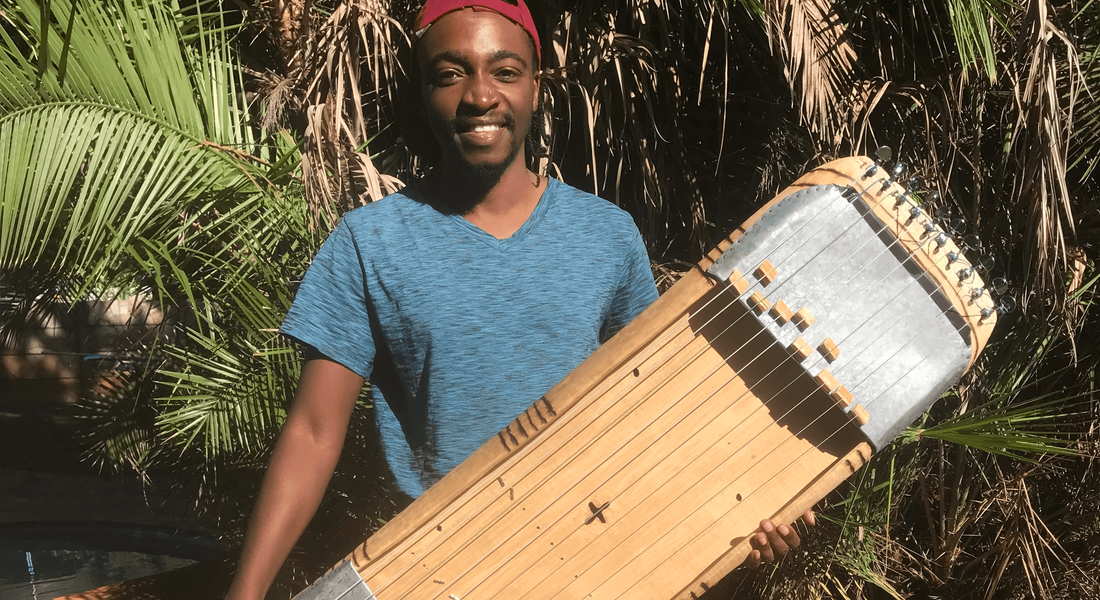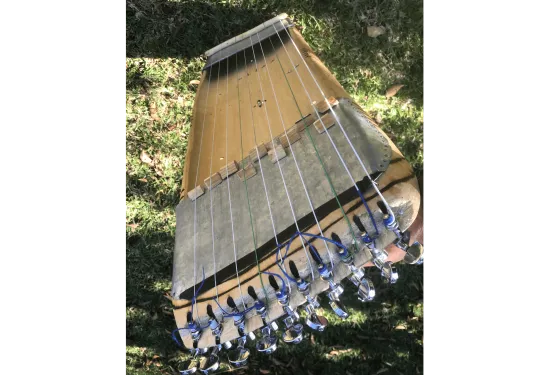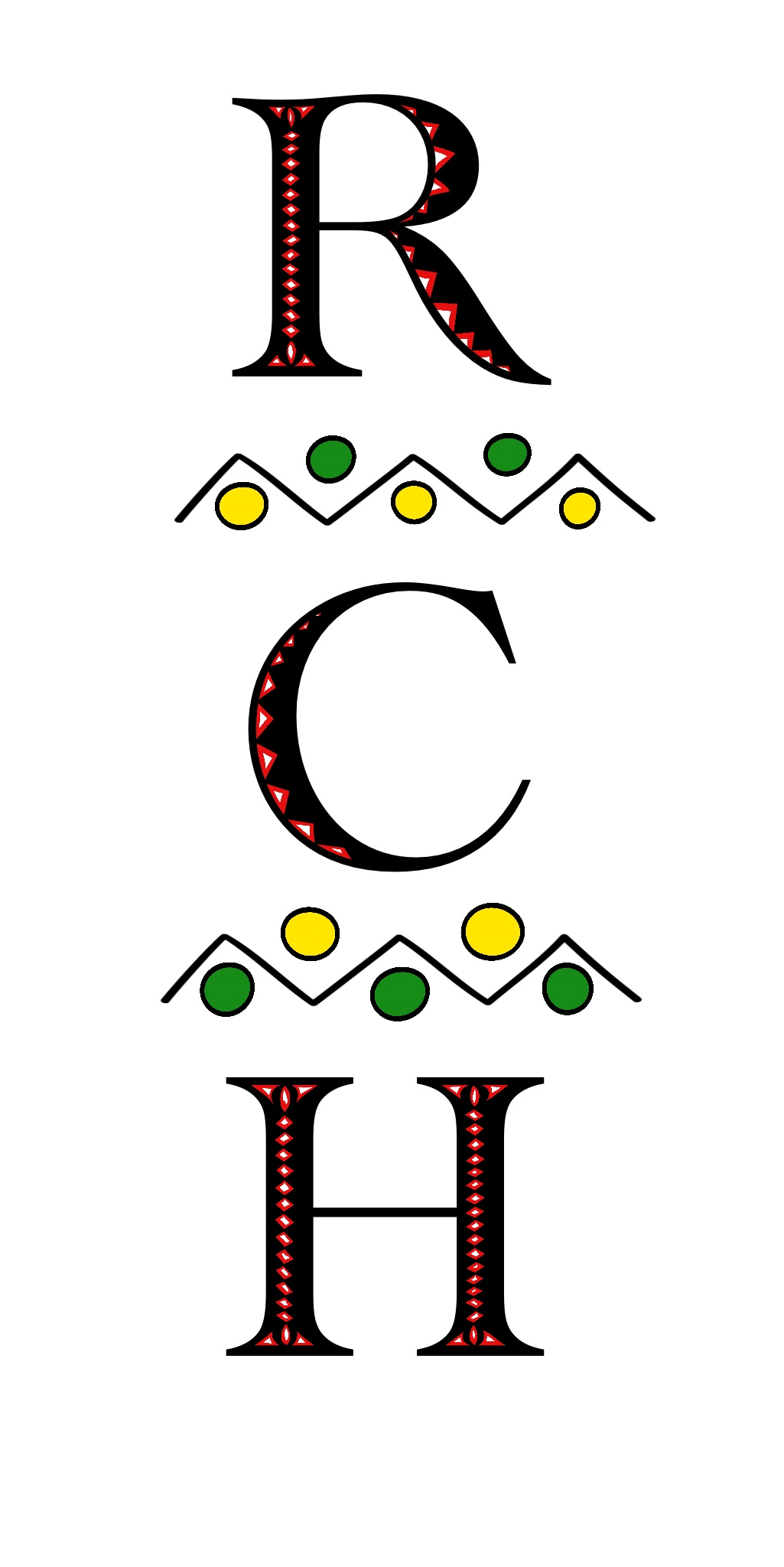Forming The Rayiro Orchestra pt. 3: The Inanga ReDzimbahwe
By:
Anesu Ndoro
On
23/04/2024Reading time:
3 min
Summary:
In line with creating the Rayiro Orchestra, here I'll be writing about the Inanga reDzimbahwe. Loosely translated, 'Inanga reDzimbahwe' ought to be read as 'Inanga in the tradition of Dzimbahwe music'. I think this name will make finding the roots of this instrument easier, although of course many musical roots from around the African continent are present in it. Special thanks to Deo Munyakazi's indispensable contribution to this instrument coming to life! Happy reading!

Myself and the Inanga reDzimbahwe prototype, circa 2024
The Inanga reDzimbahwe
First of all, context! Check out the Inanga ReDzimbahwe being played here.
The Inanga/Enanga/Kinanda/Nanga/Ligombo trough zither is a family of instruments that originate from East Africa in Uganda, South Sudan, Rwanda, Burundi, Tanzania and the eastern parts of the Democratic Republic of the Congo.
A similar group of instruments are the Bangwe/Pangwe zithers. The Bangwe board zithers are a family of fairly similar instruments played in southern Tanzania, central Mozambique, Malawi, and northeastern Zimbabwe, although in the latter area players have become fewer.
Influences On The Inanga ReDzimbahwe
By taking the body of the east African Inanga/Enanga, the tuning system and metallic body of the southern African Bangwe, the strings of the Chinese Guzheng zither (a huge thanks to Gary Spalter for helping bring these to Zimbabwe!), the tuning pegs of the Western acoustic guitar, I've tried once more to extend the repertoire of Zimbabwe's/Africa's traditional instruments. Africa's instruments and instrument makers are constantly in conversation with each other, and my fascination with this concept of cultural cross pollination has led me here, to the Inanga reDzimbahwe.

The wooden bridges are movable to make changing the tuning more convenient

Instrument Sound
Loosely translated, 'Inanga reDzimbahwe' ought to be read as 'Inanga in the tradition of Dzimbahwe music'. I think this name will make finding the roots of this instrument easier, although of course many musical roots from around the African continent are present in it. Typically, inangas have a soft and quiet sound (part of the reason why I sourced Guzheng steel strings since they are a bit louder than the cotton/nylon strings typically used in contemporary times). I'm curious to see which instruments will get along with it. The new scale makes it possible to arrange mbira songs on it, as you can see in the video linked above.
Subscribe to our newsletter
Stay "in tune" for progress about the Rayiro Orchestra (and my terrible puns)
Subscribe to my newsletter to get updates direct to your inbox.
